Hager Relays
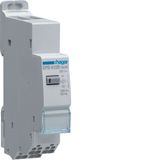



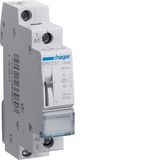


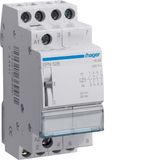
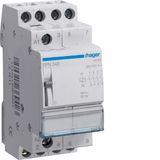

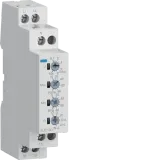


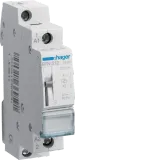
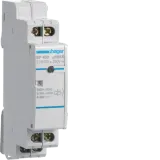
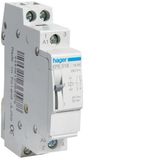
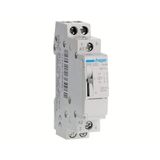
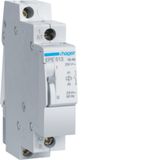

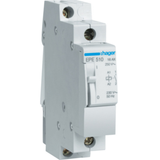



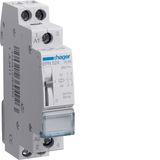
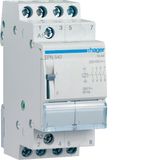

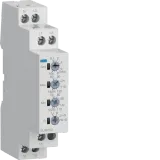
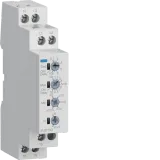





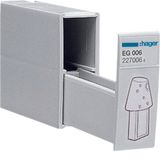
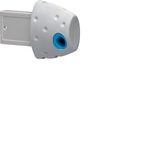
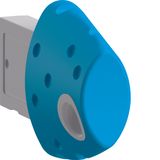

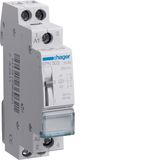
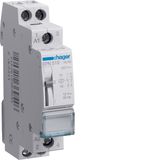

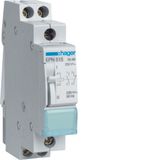
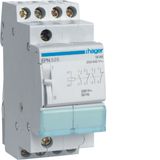
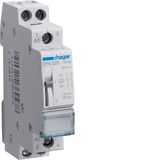
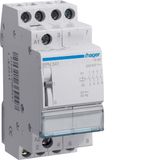
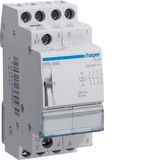

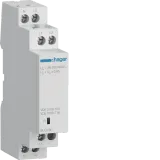
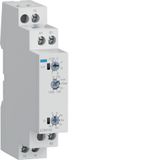

In any control cabinet or automation panel, relays play a fundamental role: bridging lower‑power logic signals and higher‑power circuits, enabling scoping for sensors, actuators and system logic. The Hager relays category covers Hager interface relays, Hager modular relays, Hager time relays, Hager control relays, Hager DIN‑rail relays and Hager relay accessories. From many installations I’ve worked on, getting the right relay family from the start prevents repeated trips, mismatched modules and service‑visits.
Hager Interface Relays & Modular Relays
When sensors, PLCs or automation logic need to switch devices or circuits, you’ll use Hager interface relays and Hager modular relays. For example, Hager offers latching relays with DIN‑rail mounting, coils at 12 V or 24 V and contact configurations such as DPDT or SPDT.
In practice: you check coil voltage, contact arrangement (NO/NC), rated current (for example 16 A at 250 V AC in model EPN528) DIN‑rail mounting format, whether the module can clip easily and spare replacement logic. Specifying Hager modular relays simplifies spare stock and integration.
Hager Time Relays & Control Relays
For functions such as delayed switching, flashing output, impulse switching or automation control you’ll pick Hager time relays and Hager control relays that carry timing functions or logic interface. For example: a Hager DIN‑rail timer relay capable of 0.1 → 10 h setting, SPDT contact, 12/230 V supply.
From application experience: you’ll verify time‑range, number of contacts, reset mode, mounting depth and terminal type. Using Hager time‑relays aligned with your panel logic ensures you avoid custom workarounds.
Hager DIN‑Rail Relays & Relay Accessories
All of the above are housed in the broader category of Hager DIN‑rail relays and supported by Hager relay accessories (clip bases, auxiliary contacts, wiring modules). Hager documents the “DIN‑rail‑mounted devices” range under their automation and energy‑management section.
From procurement perspective: you check footprint (modules width), coil voltage, contact ratings, mounting style (snap‑on DIN rail), accessory compatibility (aux contacts, status indicators). Specifying Hager entire relay ecosystem means fewer part‑numbers, fewer installation errors and smoother maintenance.
Wholesale / Distributor Advantages — Why Bank‑of‑Lamps & Hager Work for B2B
Beyond the technical fit, this is where your value‑proposition comes in:
- Centralised European warehouse & stock: Because we (Bank of Lamps) hold a wide range of Hager relay modules and accessories in our Latvia warehouse, you benefit from shorter lead‑times — critical when control‑cabinet builds are on tight schedules.
- Flexible bulk quantities: We recognise B2B buyers often need pallet‑quantities or several SKUs across relays, timers and modular accessories. We support flexible order sizes and mixed SKU bins to suit panel‑builders.
- One‑brand system simplicity: By standardising your control‑panel relay modules on Hager (interface + time + modular + accessories), you simplify procurement, spare‑stock and engineer training.
- Logistics aligned to project timing: We coordinate delivery to site, just‑in‑time scheduling, and support for project phases (pre‑wiring, commissioning, spares).
- Technical support & documentation: We provide datasheets, mounting instructions and replacement guidance for Hager relays — assisting your panel‑builders and installer teams.
Key Procurement Insights
- Confirm coil voltage, contact configuration, rated current and DIN‑rail module width early in your list.
- Verify module depth and rail footprint: mismatches with other board components delay install.
- Ensure accessory list is complete: clip bases, auxiliary contacts, status indicators, spare modules.
- Forecast spare usage for control logic modules (relays, timers) as delay‑replacement costs run high.
- Align on one brand system across relays and modules to reduce SKU count and installation risk.